Sony Masaru Ibuka Akio Morita
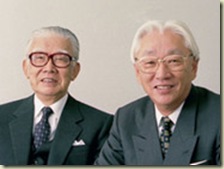
شركة سوني ( Sony Corporation ؛ باليابانية: ソニー株式会社 ، سونيه كابوشيكي كايشا) هي مجموعة يابانية رائدة و متخصصة في الصناعات الإلكترونية، يقع مقرها في طوكيو تعتبر واحدة من أكبر الشركات العالمية .
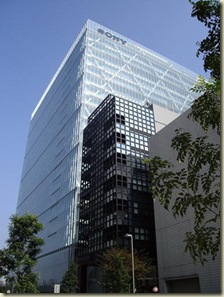
تاريخ سوني
أسسها في عام 1946 م "أكيو موريتا"، وكانت تحمل اسم " شركة طوكيو التقنية للاتصالات عن بعد" (Tokyo Tsushin Kogyo Kabushiki Kaisha)، سنة 1950 م يقوم "ماسارو إيبوكا" (أحد شركاء موريتا) برحلة إلى أمريكا صادفت اختراع الترانزيستور، استطاع "إيبوكا" الحصول على رخصة من مخابر شركة بل الأمريكية لاستخدامه في أغراض تجارية، كانت المرة الأولى التي تم فيها التفكير في استخدام الاختراع الجديد لأغراض مدنية. أصبحت أجهزة الراديو المحمولة أول منتج اشتهرت به الشركة.
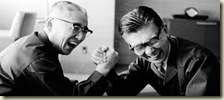
استبدل اسمها في سنة 1958 م بـ"سوني". ثم أنشئ فرع جديد للشركة في شمال أمريكا، واحتضنت مدينة نيويورك مقرها الجديد، ،أصبحت "مجموعة سوني لأمريكا" (Sony Corporation of America) في العام التالي 1961، أول شركة يابانية يتم تداول أسهمها في سوق وول ستريت للأوراق المالية. مع انتشار المنتجات الإلكترونية الرائدة أصبح لـ"سوني" فروعا عديدة في أمريكا الشمالية، أمريكا الوسطى وأمريكا الجنوبية، أوروبا، الشرق الأوسط وأستراليا.
منتجات سوني
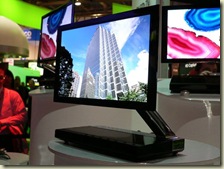
تقوم الشركة بتصميم، إنتاج وتسويق المعدات والأجهزة الإلكترونية. تعتبر "مجموعة سوني" رائدة عالميا في مجال تطوير الأجهزة الإلكترونية الموجهة للاستهلاك العام، أجهزة مسجلات الفيديو، قارئات الأقراص المدمجة، أجهزة المرناة ( التلفزيون ). قامت سوني عام 1970 م بتسويق منتج جديد هو الـ"والكمان" (walkman )، وظيفته قراءة أشرطة التسجيلات الصوتية، من خصائصه الفريدة أنه كان متنقلا، كما تم تزويده بسماعتين. عرف الجهاز نجاحا عالميا كبيرا. أطلقت "سوني" بعدها بسنوات جهاز "واتشمان" وهو جهاز مرناة (تلفزيون ) مدمج داخل ساعة يدوية. كان لـ"سوني" السبق في تسويق منتجات أخرى كـ"مسجل الفيديو" (videorecorder)، رغم أن مواصفات الأشرطة الذي قامت باعتمادها (Betamax) تم التخلي عنها جزئياً لاحقا لصالح الـVHS والذي قامت بتطويره شركة "RCA" الأمريكية (Radio Corporation of America).
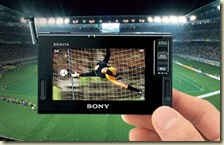
فلسفة مؤسس سوني " أكيو موريتا "
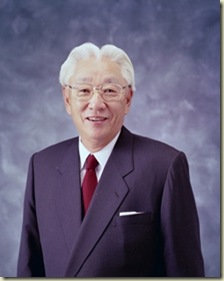
فلسفة " أكي-أو موريتا " هي الفاصل في توجهات سياسة الشركة. التوجه الرئيسي لهذه السياسية هو إعطاء الأولية للإبداع والابتكار الدائم. يتم تحفيز المهندسين والموظفين على إبداء روح الابتكار وطرح أفكار جديدة، ويتم لهذا الغرض وضع كل الوسائل المالية والمادية تحت تصرفهم حتى يحققوا الهدف المنشود. تنظم مسابقة سنوية حتى يتمكن التقنيون من عرض النماذج الأولية للتصميمات واختبارها. إذا ما حقق أحد التصاميم إجماعا يتم البدء في إنتاجه بكمية محدودة، و يسوق على سبيل التجربة، على أن يتم لاحقا طرحه في السوق على نطاق واسع.
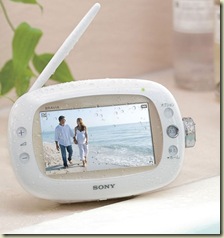
Histoire de Sony
La société a été créée le 7 mai 1946 sous le nom de Tokyo Tsushin Kogyo (TTK) par Masaru Ibuka, ingénieur, et Akio Morita, physicien, embauchant une vingtaine de personnes dans une société qui réparait des équipements électroniques et qui tentait de créer ses propres produits.
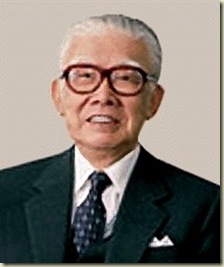
Masaru Ibuka
Il faudra attendre 1954 avant que la société ne commence à se développer sérieusement : à cette date, la société obtient une licence pour la fabrication de transistors, composant électronique de base par excellence. Ainsi, les premiers transistors japonais sortent des usines de Sony cette année-là, 6 ans après leur invention aux États-Unis. L'année suivante, Sony commercialise le premier récepteur radio entièrement à base de transistors.
Depuis, peu de sociétés ont réalisé un parcours semblable à celui de Sony en termes d'invention et d'innovation. Parmi les développements importants, citons le premier téléviseur couleur Trinitron en 1968, la cassette vidéo couleur en 1971, le magnétoscope Betamax en 1975, le Walkman en 1979, la microdisquette 3,5 pouces en 1989, un appareil photo électronique en 1981, le premier lecteur CD au monde en 1982, le premier caméscope grand public en 1983, la vidéo 8 mm en 1988, le premier numériscope en 1985, et ainsi de suite jusqu'aujourd'hui.
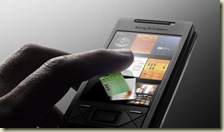
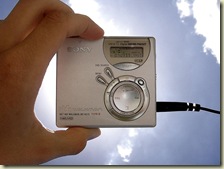
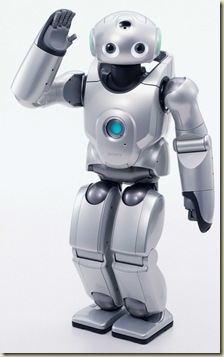
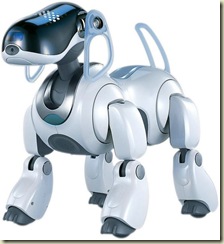
History
In late 1945, after World War II, Masaru Ibuka started a radio repair shop in a bomb-damaged department store building in Nihonbashi of Tokyo. The next year, he was joined by his colleague, Akio Morita, and they founded a company called Tokyo Tsushin Kogyo K.K., which translates in English to Tokyo Telecommunications Engineering Corporation. The company built Japan's first tape recorder called the Type-G.
In the early 1950s, Ibuka traveled in the United States and heard about Bell Labs' invention of the transistor. He convinced Bell to license the transistor technology to his Japanese company. While most American companies were researching the transistor for its military applications, Ibuka and Morita looked to apply it to communications. Although the American companies Regency and Texas Instruments built the first transistor radios, it was Ibuka's company that made them commercially successful for the first time.
In August 1955, Tokyo Telecommunications Engineering released the Sony TR-55, Japan's first commercially produced transistor radio. They followed up in December of the same year by releasing the Sony TR-72, a product that won favor both within Japan and in export markets, including Canada, Australia, the Netherlands and Germany. Featuring six transistors, push-pull output and greatly improved sound quality, the TR-72 continued to be a popular seller into the early sixties.

In May 1956, the company released the TR-6, which featured an innovative slim design and sound quality capable of rivaling portable tube radios. It was for the TR-6 that Sony first contracted "Atchan", a cartoon character created by Fuyuhiko Okabe, to become its advertising character. Now known as "Sony Boy", the character first appeared in a cartoon ad holding a TR-6 to his ear, but went on to represent the company in ads for a variety of products well into the mid-sixties.The following year, 1957, Tokyo Telecommunications Engineering came out with the TR-63 model, then the smallest (112 × 71 × 32 mm) transistor radio in commercial production. It was a worldwide commercial success.

Origin of name
The name "Sony" was chosen for the brand as a mix of two words. One was the Latin word Sonus which is the root of "sonic" and "sound" and the other was "sonny," a familiar term used in 1950s America to call a boy. The first Sony-branded product, the TR-55 transistor radio, appeared in 1955 but the company name didn't change to Sony until January 1958.
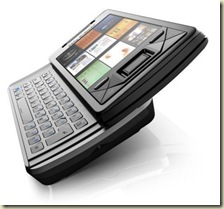
_____________________________________________
إقرأ أيضا أنقر على الصورة
مواضيع مشابهة :


ليست هناك تعليقات:
إرسال تعليق